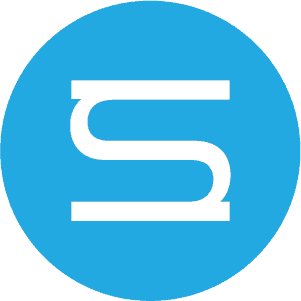As I prepared to start my Public Digital Humanities capstone project, I began to reflect on the work I had done throughout the certificate and saw an opportunity to bring my work full circle. When I started the certificate, I learned technical skills not taught in my history coursework and began to see how theyContinue reading “Certificate Capstone”
Author Archives: borlnd
Visualizing the New Deal for Youth
The Summer Studio Fellowship created an experience centered on exploration. The combination of being introduced to new tools, campus resources, and being given time created a space with which to examine the role data plays in my scholarship and how I communicate my work. In studying the New Deal, agency reports startContinue reading “Visualizing the New Deal for Youth”
New Deal Youth Programs in Iowa
During the Great Depression, youth, a group young enough to be in school, while old enough to enter the workforce, worried American political leaders. The fear was that they would follow the path of youth in Germany or the Soviet Union and bring drastic change to the American political system. To alleviateContinue reading “New Deal Youth Programs in Iowa”
